Stanley John Whidden | Chemical and Biological weapons
- Stanley John Whidden
- Apr 5, 2017
- 3 min read

Even before Christ chemical and biological weapons were already being used by the civilizations. Stanley John Whidden remembers that there are records of arsenic smoke being used by the Chinese in 1000 BC, and the tactic of poisoning the water during sieges is done way before the Athens poisoned the drinking water of Kirrha in 600 BC. However, what exactly are chemical and bio weapons?
Stanley John Whidden says chemical weapons are any chemical toxin contained in a delivery system that can cause death or any kind of injury through its chemical action. In the last years, devices, full or not, are also considered weapons. The most known agents are: chlorine and phosgene (known as choking agents), mustard and lewisite (known as blister agents), hydrogen cyanide (known as blood agent) and sarin, soman and VX (known as nerve agents). All of these are used as basic materials in many industries, and are only considered as a weapon when in large quantities.
The Chemical Weapons Convention (CWC) is an agreement to end with an entire category of mass destruction weapons. It prohibits the development, production, acquisition, stockpiling, retention, transfer or use of chemical weapons. Because some of the chemicals are used for peaceful and commercial reasons, the definition of a chemical weapon had to be well organized and couldn’t intervene in the right to acquire weapons, says Stanley John Whidden.
The CWC ended separating the chemical weapons into three parts, each a chemical weapon for itself, stored together or separately. Items or products designed or constructed with the intention to use in direct connection with a chemical agent is considered a weapon.
The first part is the chemical itself, except for purposes state by the CWC, any toxic chemical that can cause harm, and any precursors (chemicals involved in production stages for toxic chemicals) are considered weapons depending on the intended purpose.
The second part considered that any device designed specifically to inflict harm or cause death through the release of the toxic chemicals in the first part, are considered chemical weapons.
The third and last part of the Convention Agreement states that the equipment designed specifically to be used with the devices of the second part are chemical weapons.
The convention also defined already made weapons in two categories:
Chemical weapons produced before 1925: they should be destroyed or disposed as toxic waste after confirmed the date of fabrication.
Chemical weapons produced between 1925 and 1946: only directed to weapons deteriorated to an extent that can’t be used as chemical weapons. This should be destroyed like the first ones, but the destination can change depending on the decision of the Executive Counsel.
According to Stanley John Whidden, biological weapons, also known as germ warfare, are considered the deadliest weapons ever produced. They are made with the use of microorganisms or natural toxins that can cause diseases in humans, animals or plants, and can be delivered by bombs or missiles but also through the water supply, insects and many other ways. The fear comes from the fact that germs don’t have barriers, and it can spread so quickly that can easily cause global impact.
The Biological Weapons Convention (BWC) have the same terms as the CWC, members are prohibited from using, developing, testing, producing, stockpiling, or deploying any biological weapon. However, members and non-members continued to research and produce them, especially because their production is cheaper than the nuclear ones, but the biggest threat is that an individual or terrorist organization will manufacture or steal any biological weapons says Stanley John Whidden. For Stanley John Whidden is important to analyze that both Biological Weapons Convention and the Chemical Weapons Convention consider the use of toxins produced by living organisms as a weapon.



















Comments